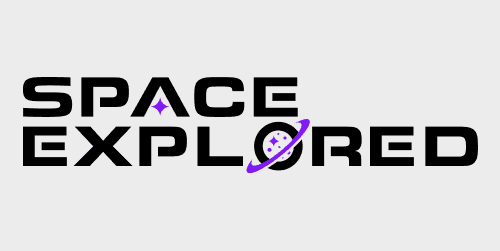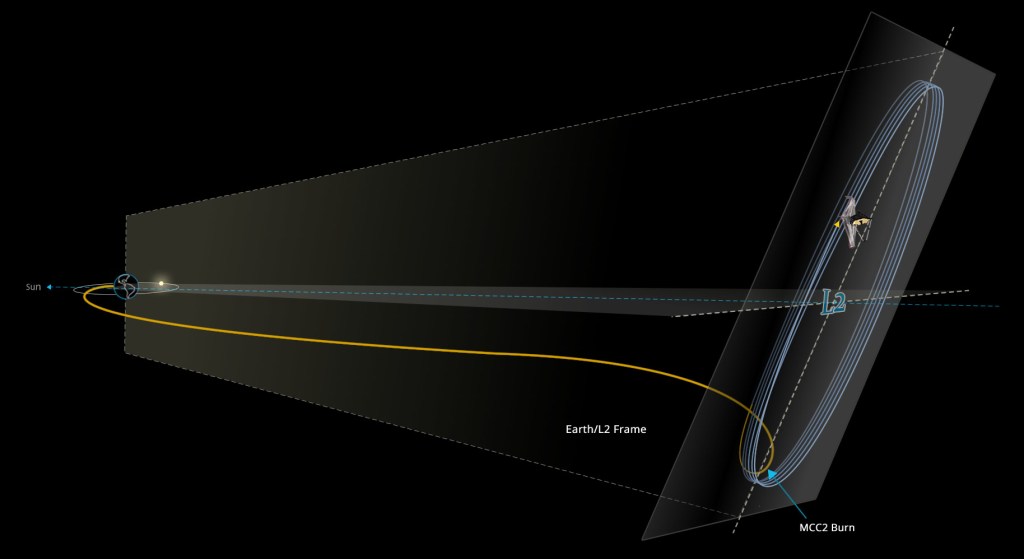
After a month of travel and nail-biting deployments, NASA’s James Webb Space Telescope arrived at the Earth-Sun L2 Lagrange Point on January 24.
After a five-minute burn of its station-keeping thrusters, Webb placed itself in a halo orbit at the L2 point deep out in space. The L2 point is a sort of balancing location of gravity where objects there can use minimal fuel to stay put.
From out there, Webb will study the early beginnings of the universe. Its six-and-a-half-meter mirror paired with its specially built instruments means it is very sensitive to near-infrared light. These tools will be used to see the earliest galaxies ever seen.
Launched early Christmas morning, it was one of the best gifts planetary scientists could have received. However, the past few weeks have been filled with stress and anxiety as Webb deployed its numerous segments – any of which could have led to the loss of the telescope.
During the past month, JWST has achieved amazing success and is a tribute to all the folks who spent many years and even decades to ensure mission success.
Bill Ochs, Webb project manager at NASA’s Goddard Space Flight Center
Every 20 days, Webb is expected to burn its station-keeping thrusters to maintain its spot in space. While some Lagrange Points are easy to stay in, the L2 point can be finicky if not maintained properly. The amount of fuel onboard is what will determine the lifespan for Webb. Luckily, the Ariane 5 rocket it rode on at launch performed so well that it raised its expected lifespan from 10 years to 20.

Decades of hard work will pay off, as, so far, Webb has performed flawlessly, and now that it is home it will begin the months-long process of calibrating its mirrors. We could see the first images beamed back to Earth this summer, if all goes right.
Enjoy reading Space Explored?
Help others find us by following on Apple News and Google News. Be sure to check us out on YouTube, Twitter, Facebook, and Instagram, join our Discord!
FTC: We use income earning auto affiliate links. More.




Comments